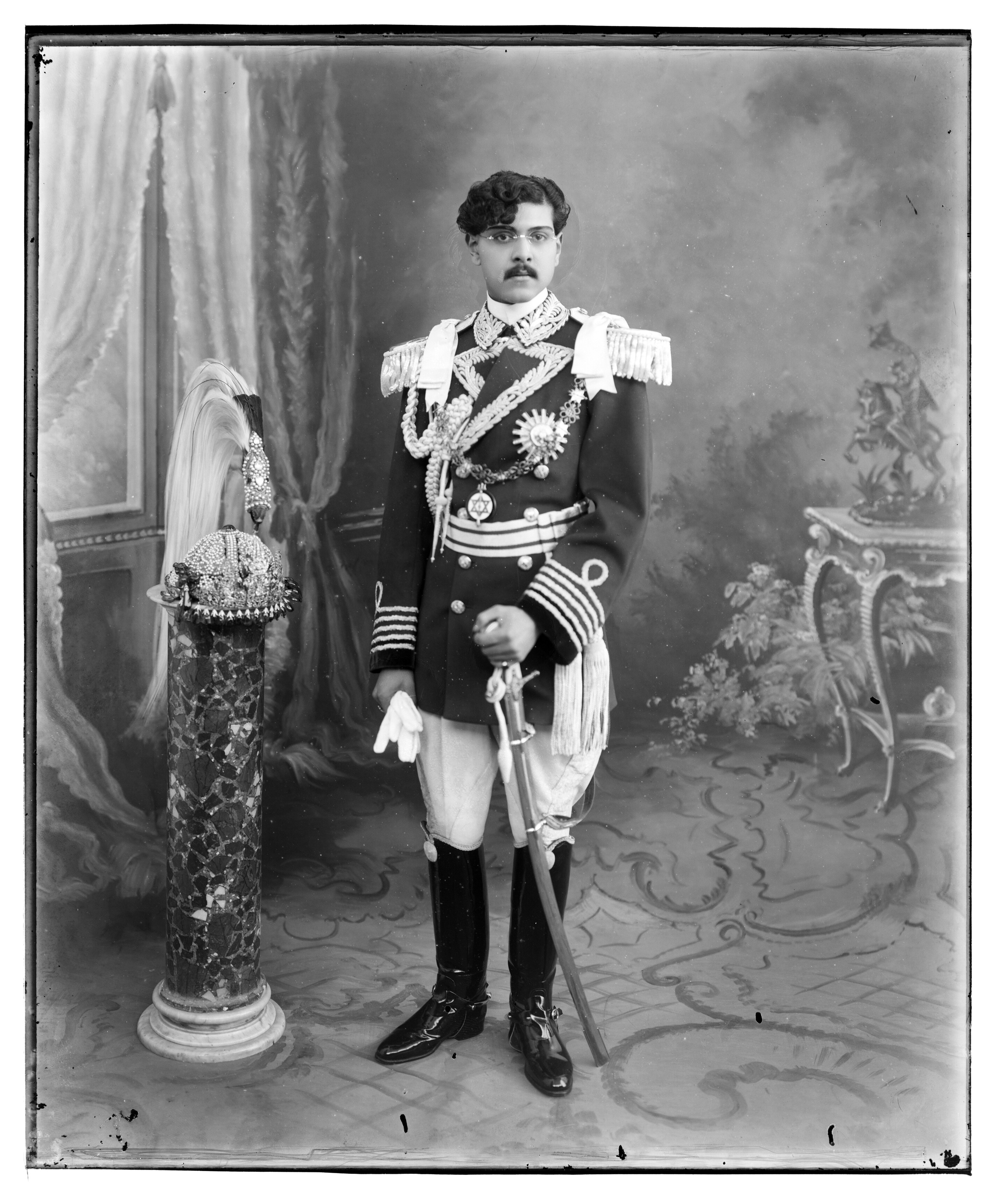By Ram Puniyani
With the ‘Hindu nationalist’ BJP in the saddle for the past decade, there has been a deliberate promotion of a pattern of policymaking in education which is based more on faith and glorification of those aspects of the past which are not verified by reason. As such, India has seen a good development of rational thought in the past. Charvak contributed to rational philosophy while Charat and Aryabhat contributed to medicine and astronomy in a very significant way. But what is glorified today are aspects like plastic surgery being used to plant elephants’ heads on Lord Ganesha or Karna being born from the ear as an example of genetic science. Not to be left behind, aviation technology is also attributed to our glorious past when Pushpak Vimans and even interplanetary travel prevailed. Such claims from mythology being true abound.
Not only are such ‘facts’ being taught in the schools but they are also determining the allocation of funds for science and technology research. Huge funds have been deployed by IIT Delhi for research into Panchgavya. This is a mixture of five products from cows: milk, curd, ghee (clarified butter), urine and dung. This is supposed to be a panacea for the treatment of various diseases. Cow urine is being promoted separately as being of medicinal use. Even before this government came to power in 2014, the BJP’s parent organisation RSS floated many organisations to promote faith-based knowledge through school education.
Dinanath Batra has been heading the Shiksha Bachao Abhiyan Samiti and the RSS-affiliated Shiksha Sanskriti Utthan Nyas (SSUN) for many decades. His nine books have been translated into Gujarati and introduced in 42,000 schools in Gujarat. A sampling of Batra’s books gives a good idea of what is being implemented.
A quote from one of the sets of books, ‘Tejonmaya Bharat’ (Radiant Bharat) tells us about one Dr Balkrishna Ganpat Matapurkar whose research has been inspired by the Mahabharata. According to him, Gandhari’s womb delivered a huge mass of flesh. Dwaipayan Vyas was called. He observed this hard mass of flesh and then preserved it in a cold tank with specific medicines. He then divided the mass of flesh into 100 parts and kept them separately in 100 tanks full of ghee for two years. After two years, 100 Kauravas were born of it. On reading this, he (Matapurkar) realised that stem cell technology was part of Indian heritage.
This story was originally published in thewire.in. Read the full story here.






